The choices are really open to those who are new to yoga as there're many types of yoga to choose from. You can improve your flexibility, strength, and balance with any kind of yoga, plus all types of yoga will release tension in your body, help you relax and quiet your mind. To get the most out of yoga, you need to pick a style which matches your fitness level at the current time, your goals for practicing yoga and your own personality. You can try out different teachers and classes to see what works for you.
Types of Yoga
Kripalu
Best for: Self-empowerment. Knowing what you can really do for your body is a powerful tool which you can use in any area of your life.
Kripalu is both a type of yoga and a retreat center located in Stockbridge, Massachusetts. It is a practice of yoga with an approach that is compassionate and a focus on physical healing, meditation and spiritual transformation which overflows into your daily life. Another focus of Kripalu is to look inward and move at your own pace, which makes it a good practice for people who have limited mobility because of weight, age or injury.
Power Yoga
Best for: Lots of burn. The isometric movements use every muscle in your body, sparking metabolism and resulting in additional calories burned.
A yoga with brawn, it is the American version of ashtanga yoga, which is a discipline that combines strength training, stretching and meditative breathing. A lot of the poses look like basic calisthenics such as handstands and push-ups, side bends and toe touches. The key, however, is this yoga’s muscle-building power and sweat-producing pace. Unlike ashtanga, power yoga does not follow the sequence of poses. Each move flows right into the next, rather than pausing between poses like you would with traditional yoga, which makes this an intense aerobic workout.
Prenatal
Best for: Safe exercise during pregnancy. It can speed up labor and ward of pregnancy pains, aches and swelling, plus it can keep your core strong to help keep good posture counteracting the pull of the baby on your body.
These are yoga postures that have been carefully adapted for expectant mothers. It is tailored to assist women in every stage of pregnancy, even getting back into shape after the baby is born. Your muscles will have the energy and strength to return to normal when you keep them strong during your term states Nicole DeAvilla, developer of prenatal teacher training at a yoga center in California, The Expanding Light.
Restorative
Best for: Injury rehab and stress. You can direct blood flow to injured areas with no straining. For example, a bolster under your knees when lying down will support your leg bones enough to make the muscles stop contracting.
Restorative yoga uses props to support your body as it relaxes into poses over several minutes. The main focus here is to stay in each pose long enough to encourage passive stretching. Gentle supine back-bends, seated forward bends and twists are examples of the kind of poses which can be adapted to be restorative while adding props like bolsters and blankets.
Sivananda
Best for: Spiritual boost. Each class begins and ends with meditation and chanting.
This type of yoga is unhurried, and usually of the same twelve basic asanas or variations each time, and begun and ended with sun salutations and savasana. It is based on a five-point philosophy which relaxation, proper breathing, exercise, diet and positive thinking work together to make a healthy yogic lifestyle. Sivananda is one of the world’s largest schools of yoga and has been brought to the West by Swami Vishnu-devananda in 1957. It boasts 17 centers, nine ashrams and over ten thousand teachers all over the world.
Viniyoga
Best for: Personalized practice. The teachers of this yoga generally work one-on-one with students who will make a series of modified asanas for your body and any limitations it has.
Viniyoga is highly individualized with the yogi learning to adapt poses and goals to their own abilities and needs. Vini means adaptation, differentiation and appropriate application. It focuses on using the principles of proprioceptive neuromuscular facilitation rather than stretching and getting flexible and strong. This simply means warming up and contracting the muscles before stretching them. Founder of the American Viniyoga Institute, Gary Kraftsow, states that it lowers your chance of injury.
Yin
Best for: Preparing your mind and body for meditation practice. You will develop a more thorough and deeper understanding of your whole body, helping both yang yoga and your meditation.
A meditative and quiet yoga practice also known as Taoist yoga. It focuses on lengthening connective tissues and it is made to complement yang yoga. Your muscle-forming ashtanga, anusara, lyengar, etc. Yin’s poses are passive, which means that you need to relax your muscles and let gravity do its work. The poses are long as well, so you’ll have to have patience to do this type of yoga.


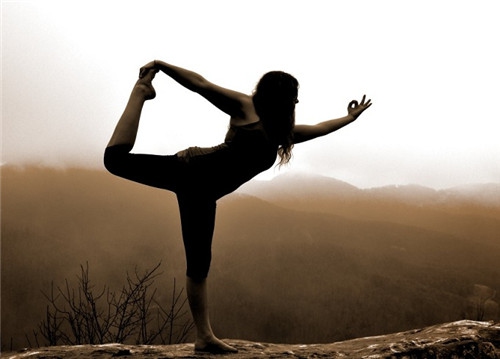

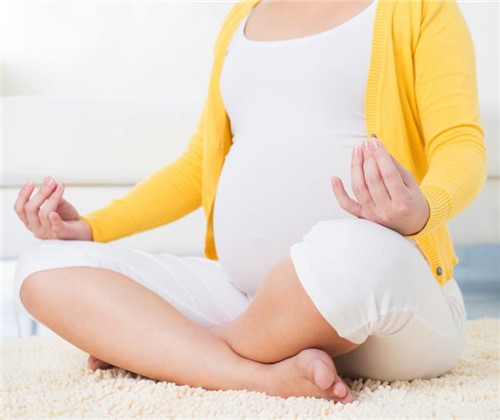
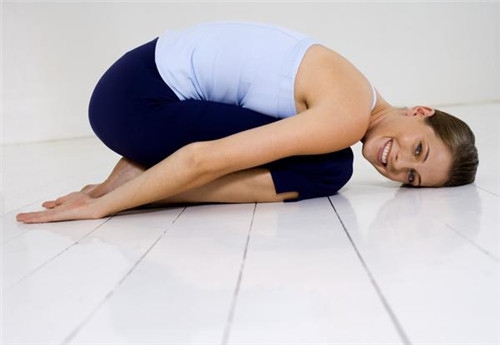
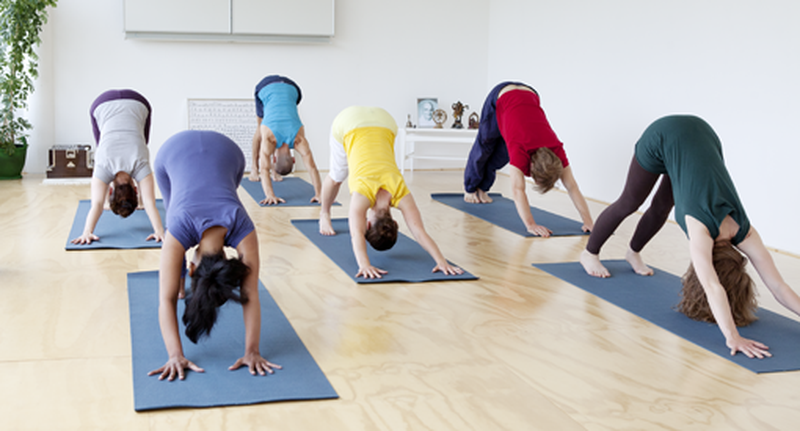
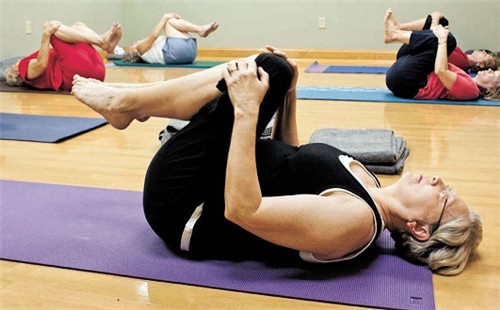
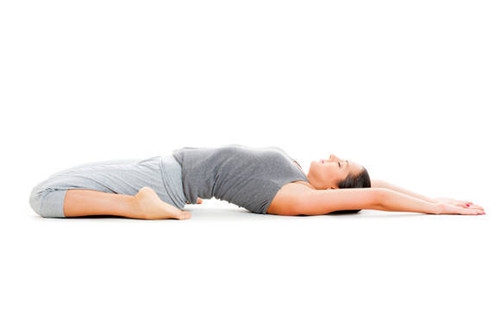
View All Comments /Add Comment